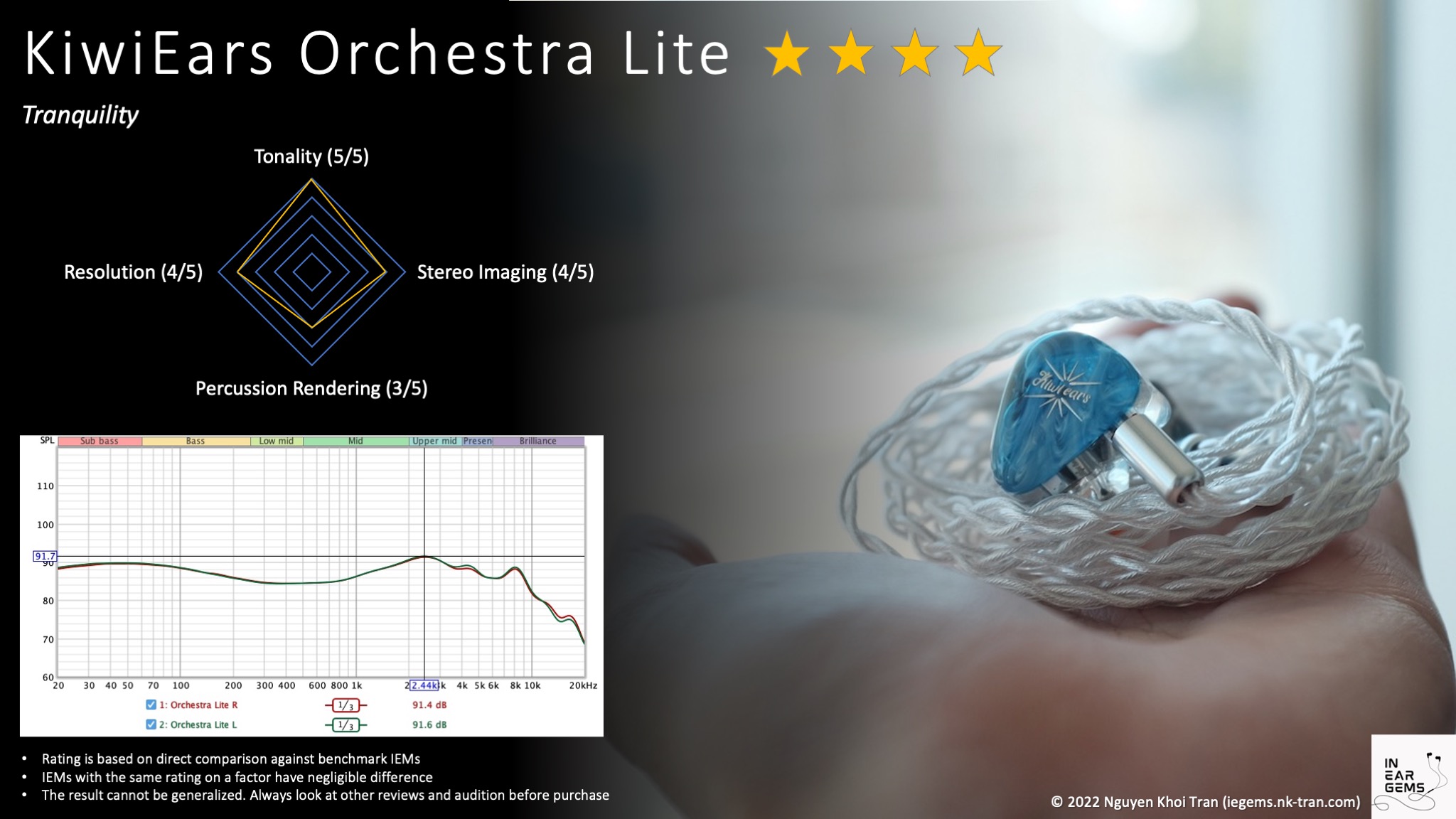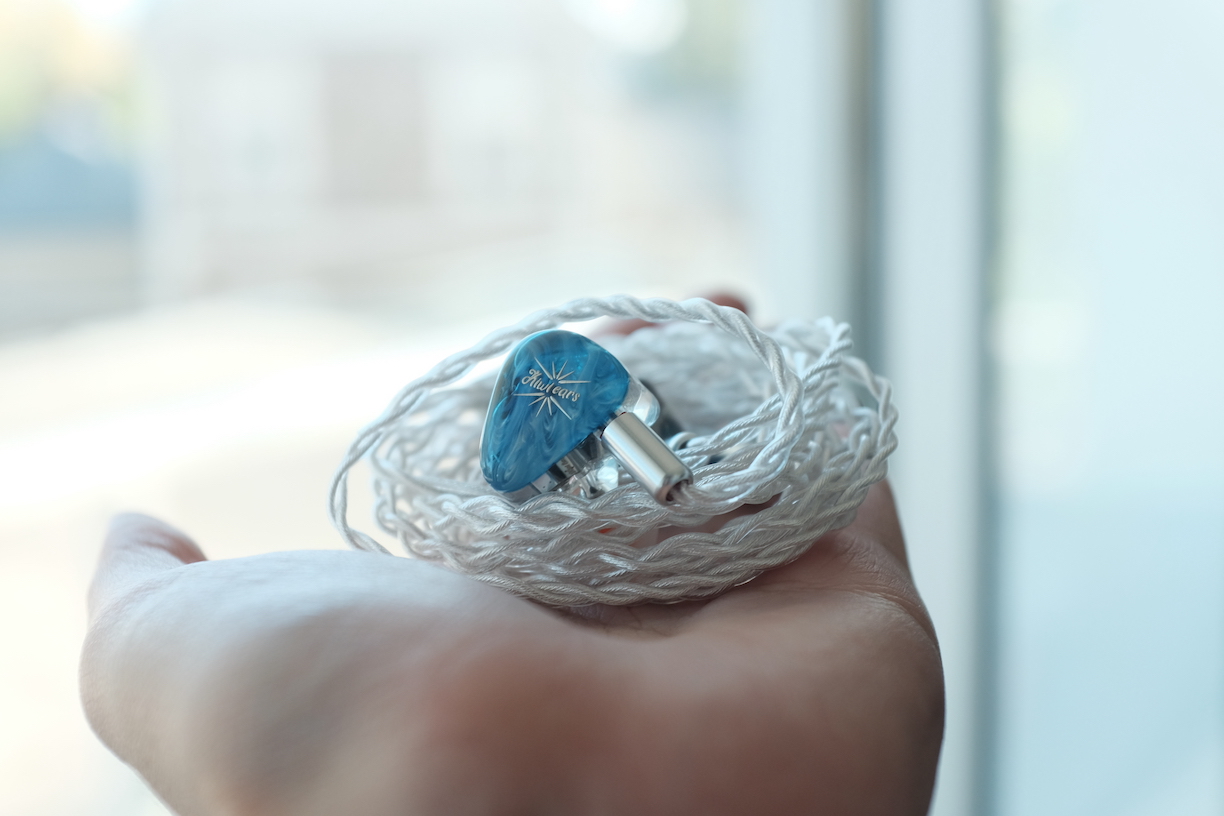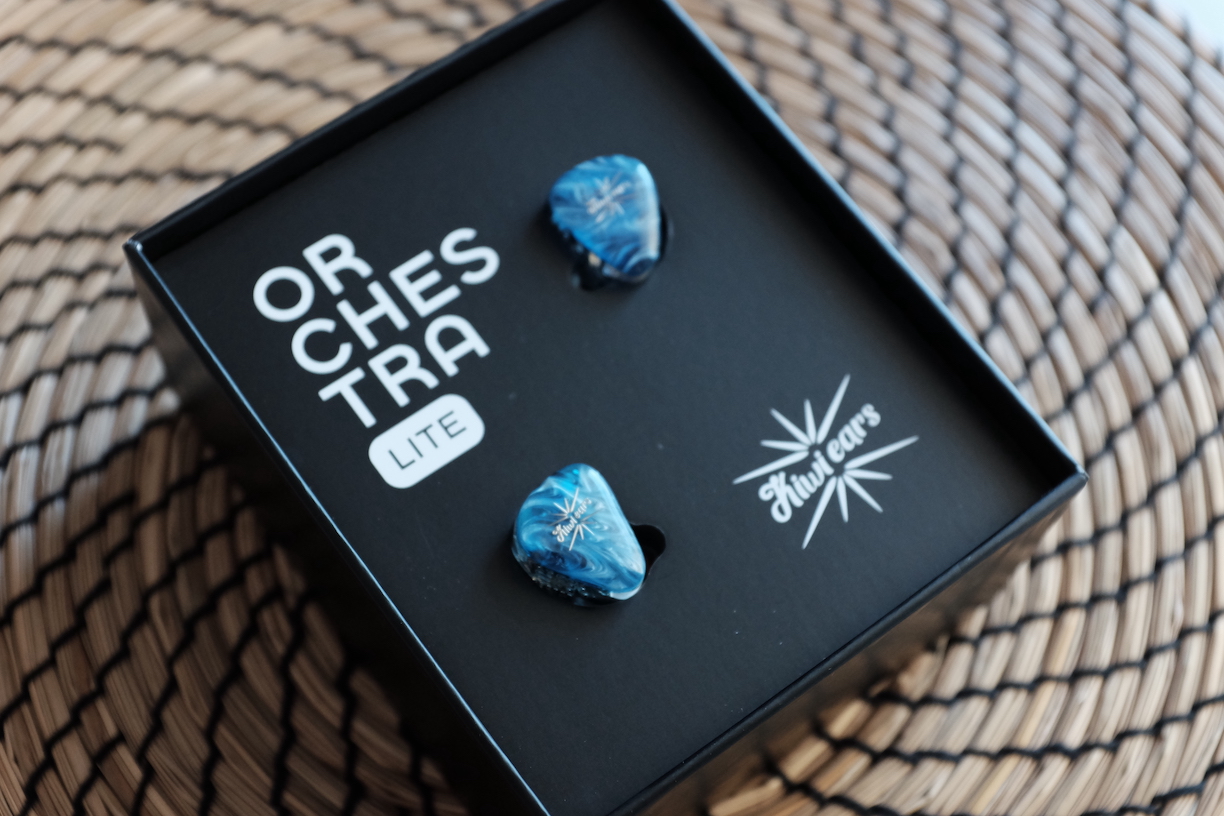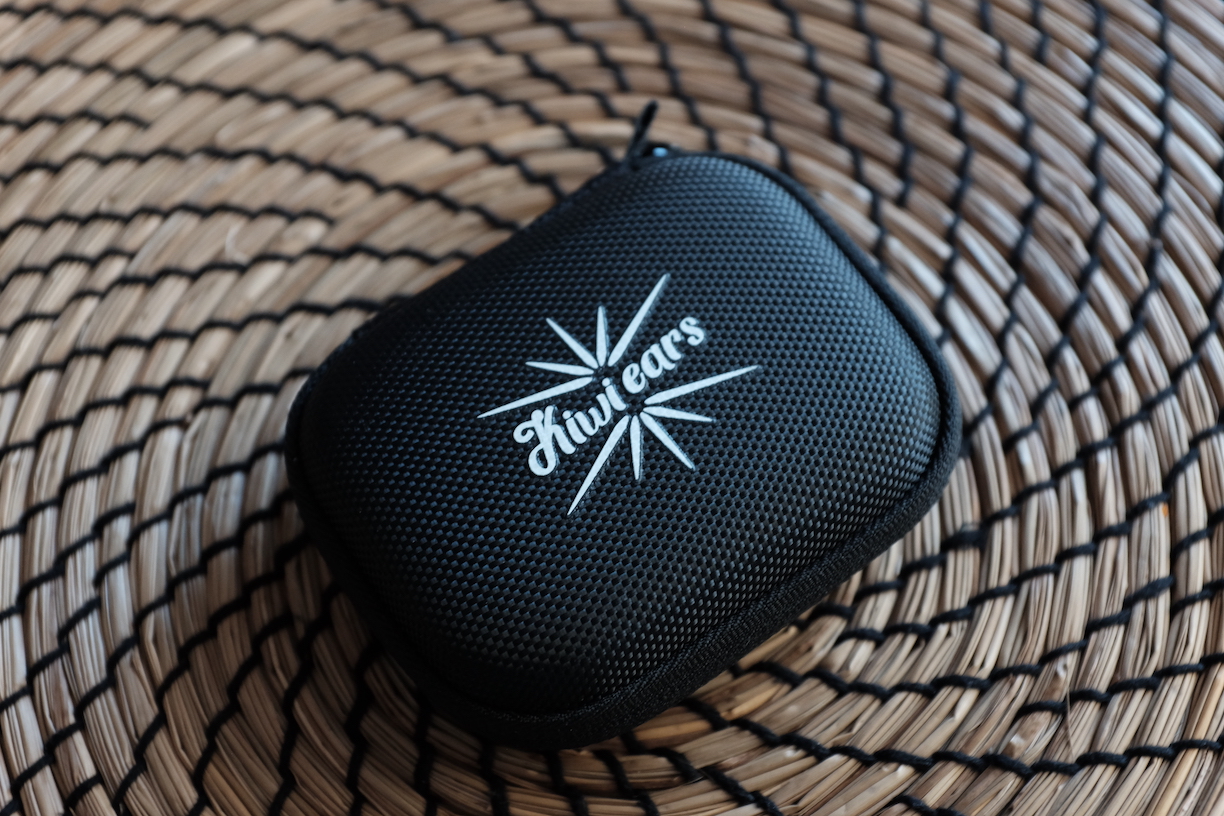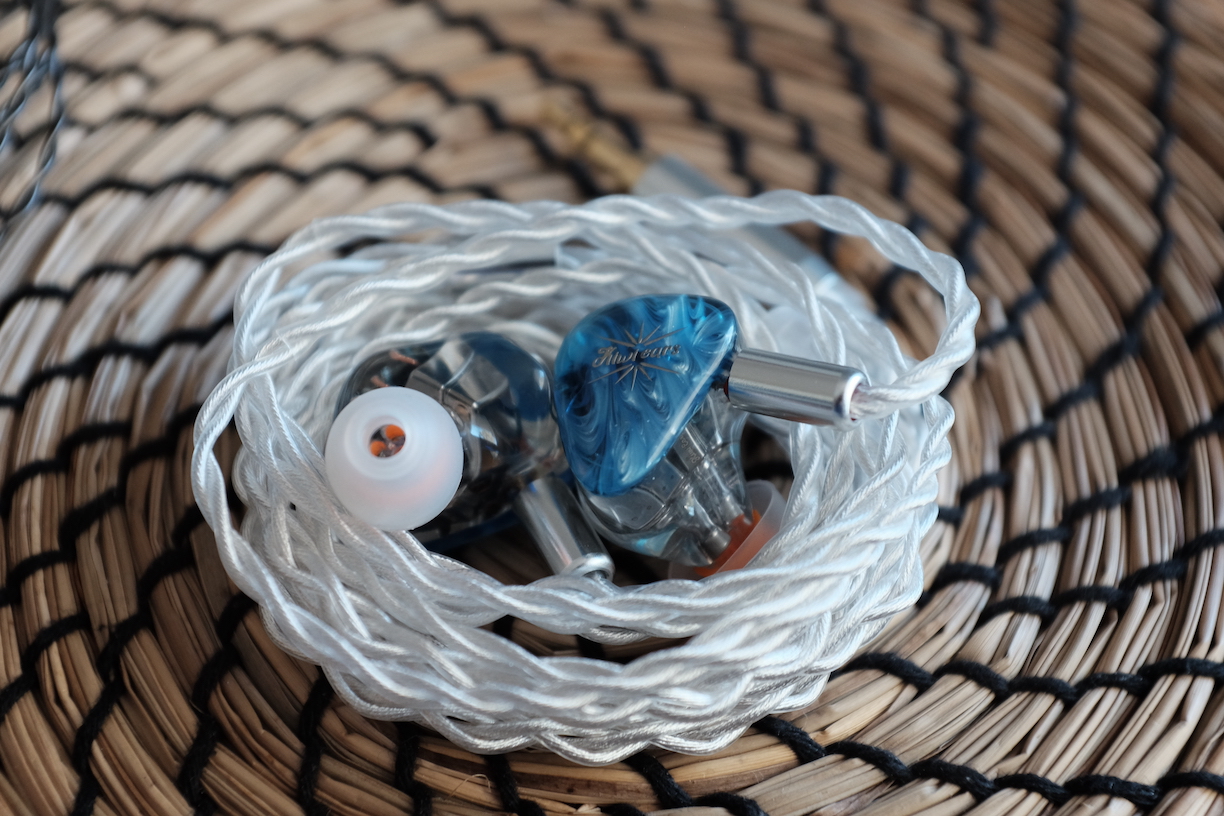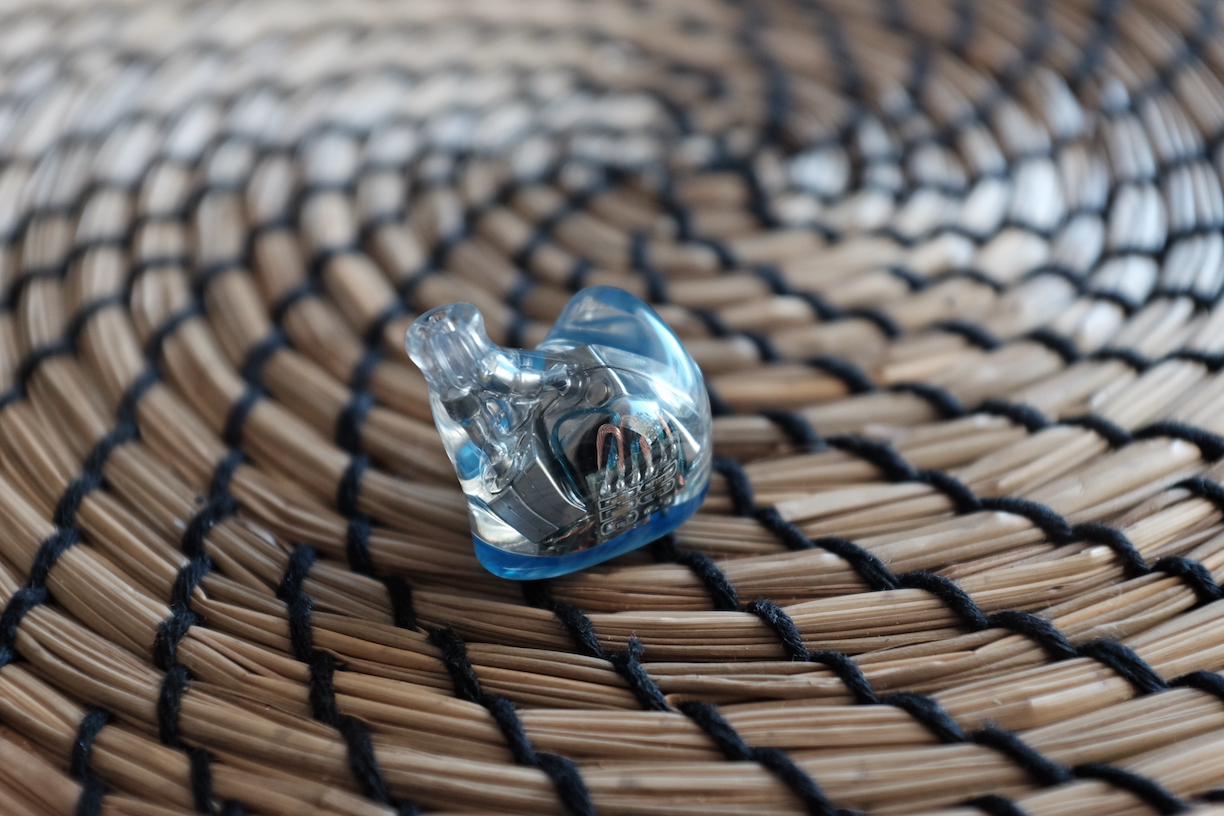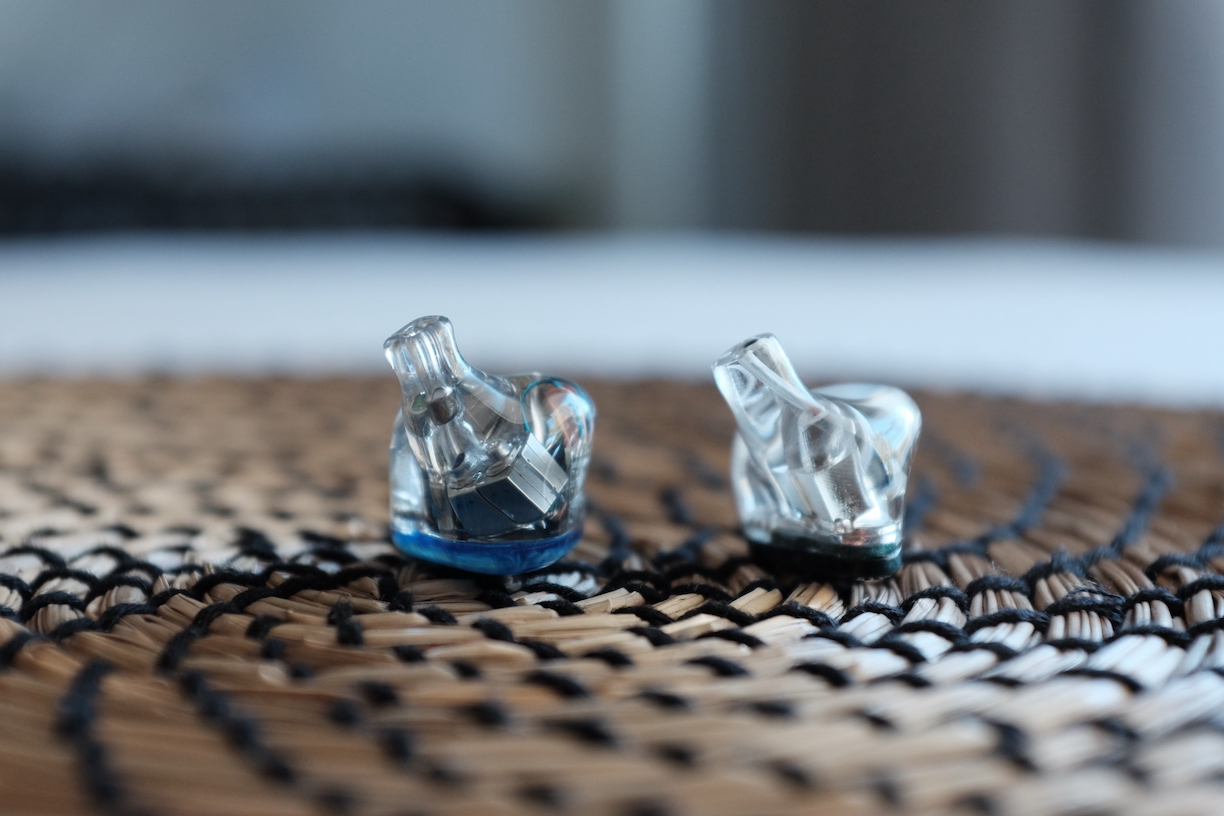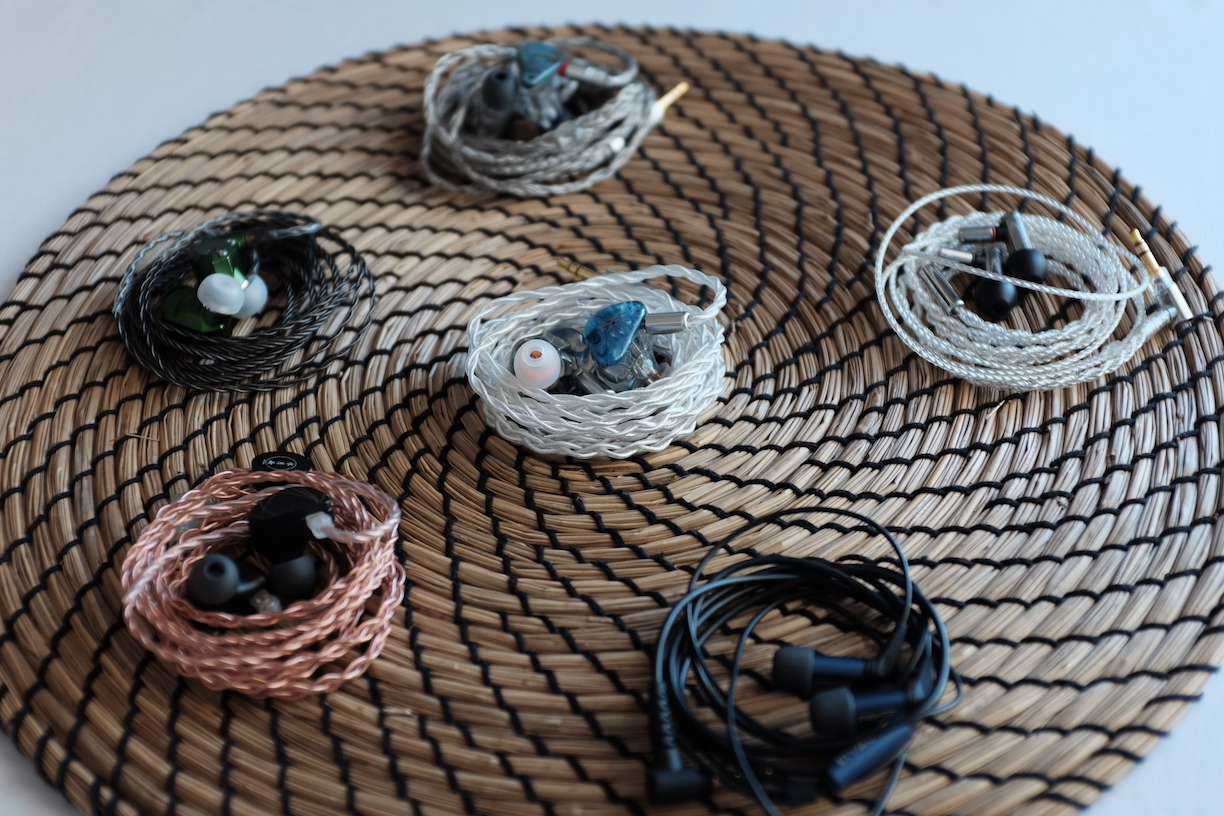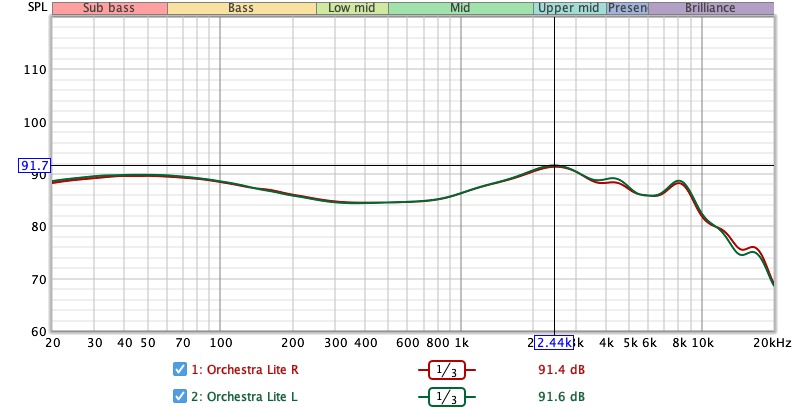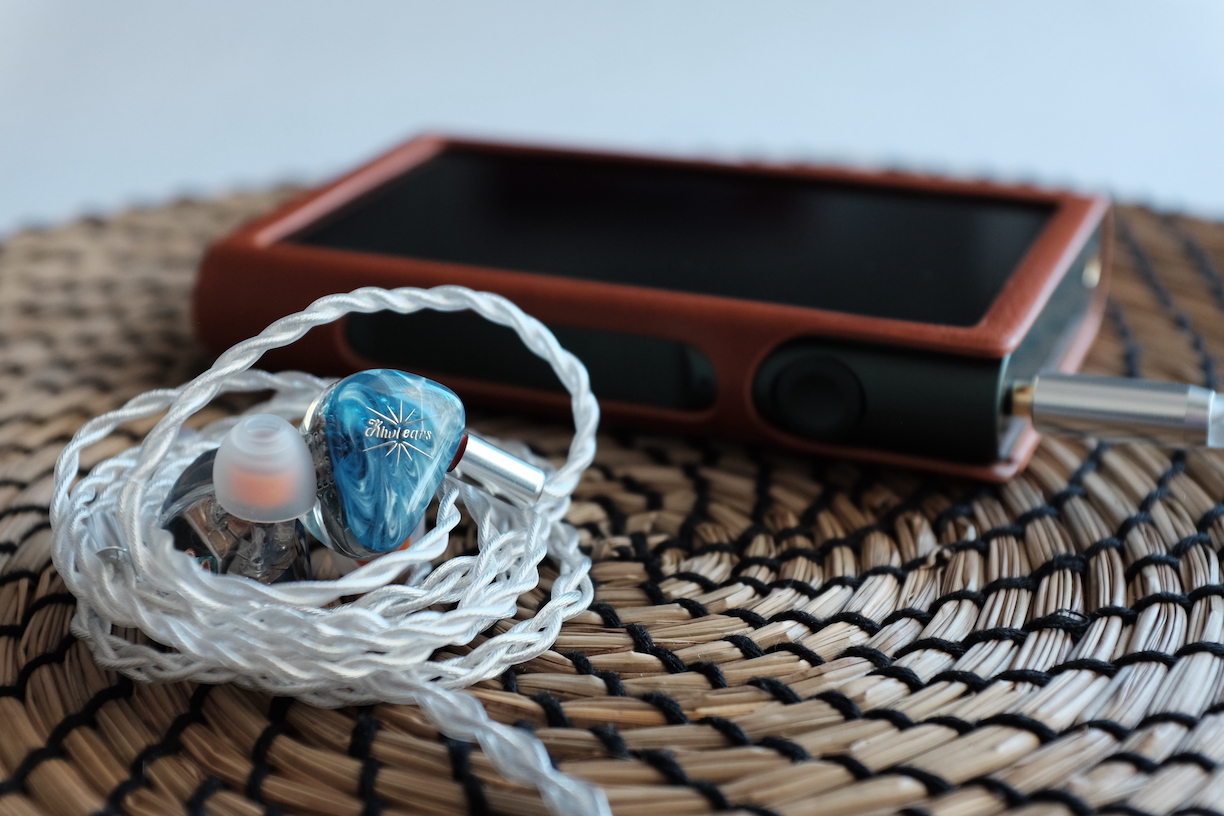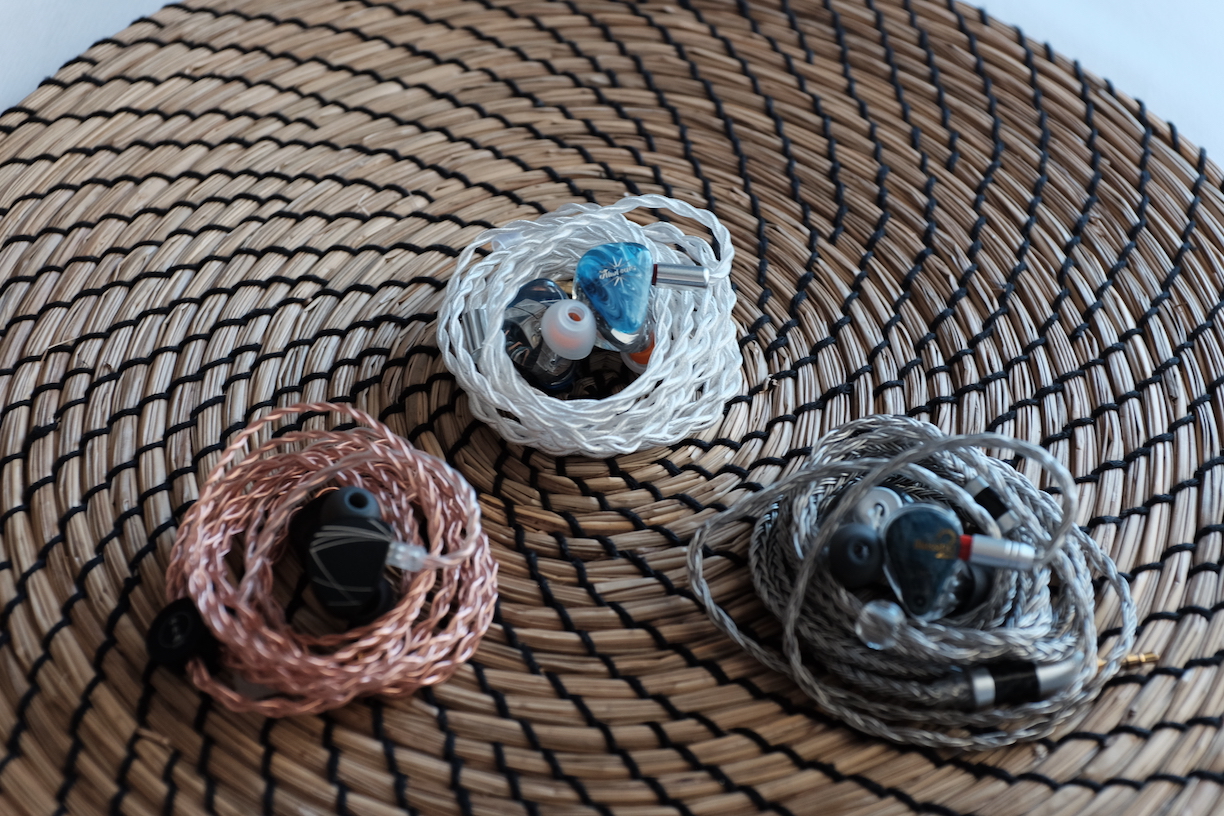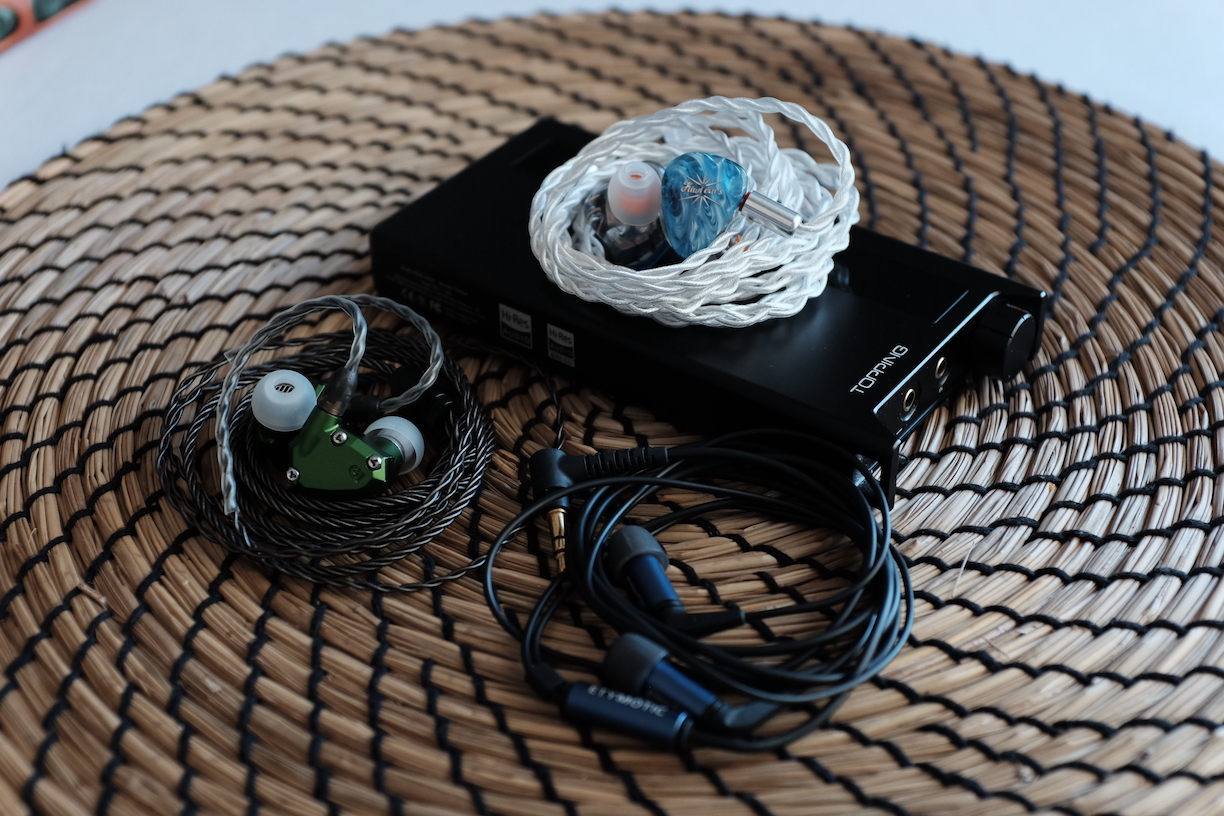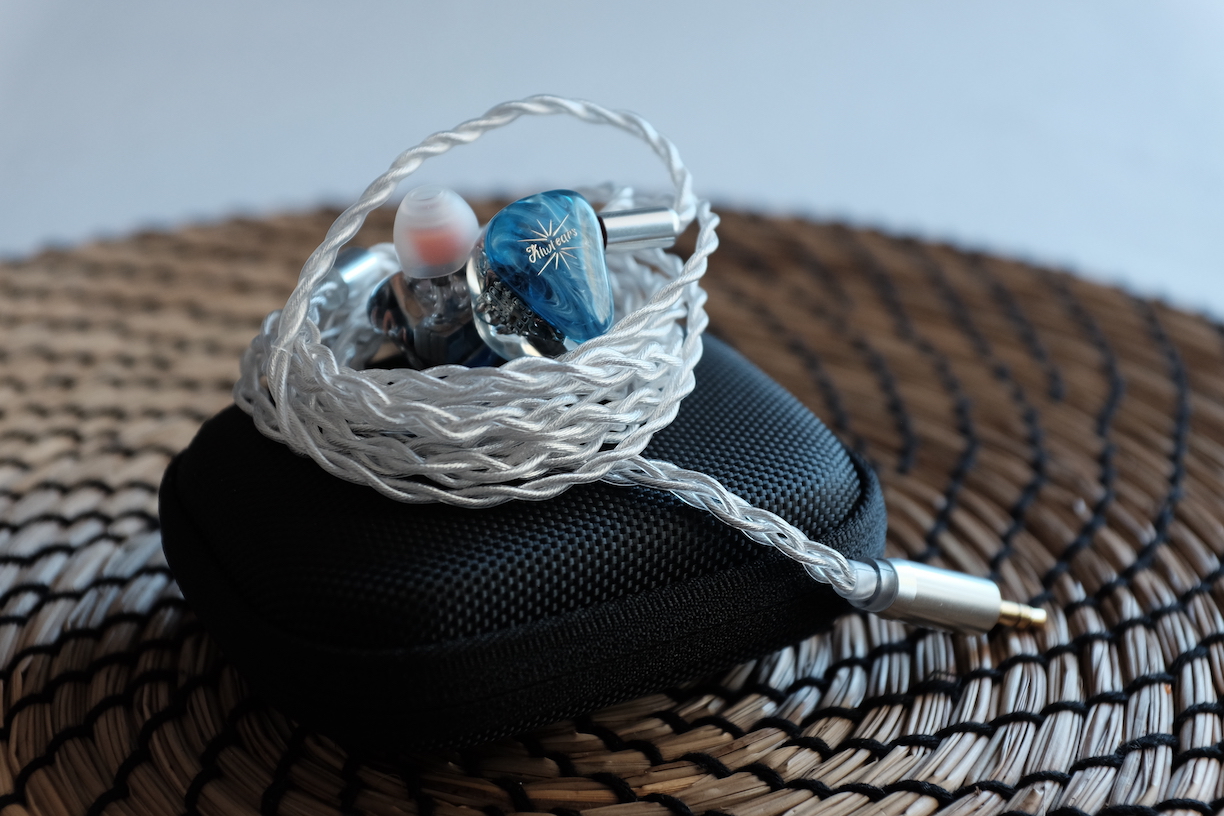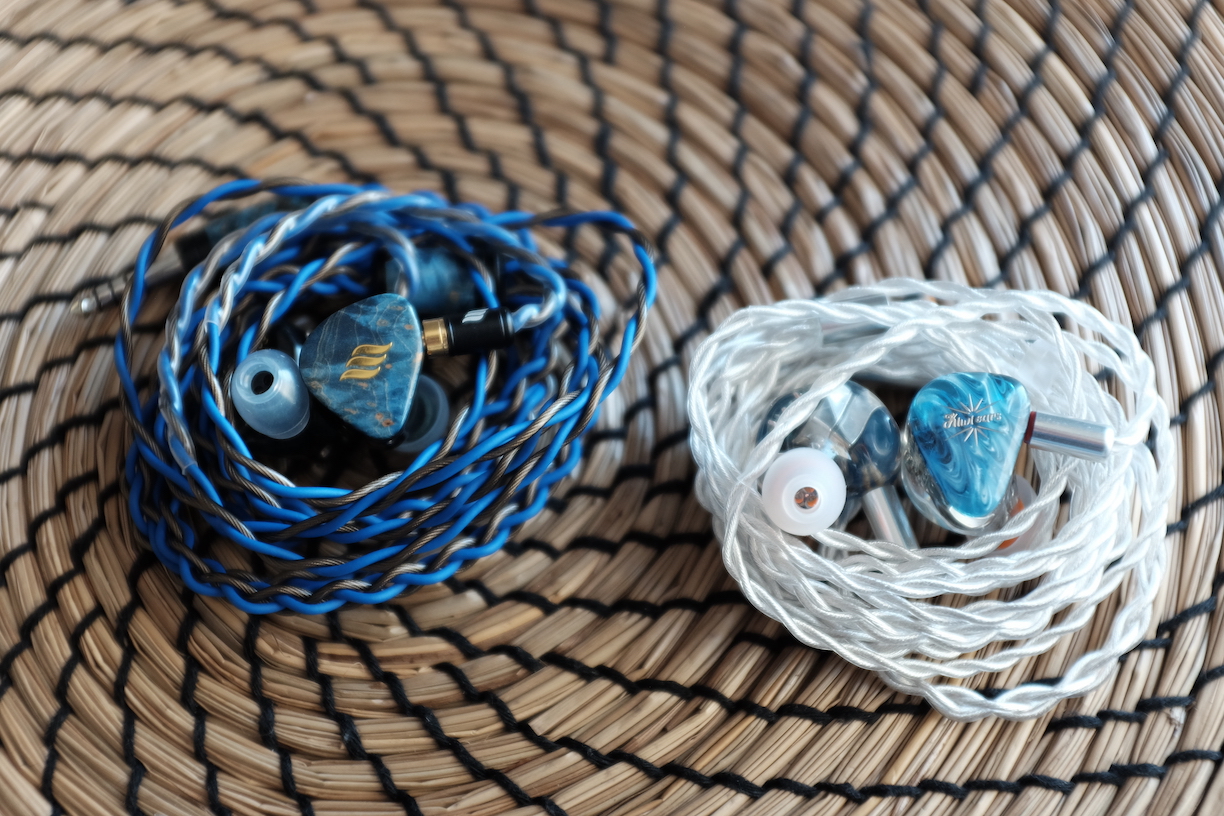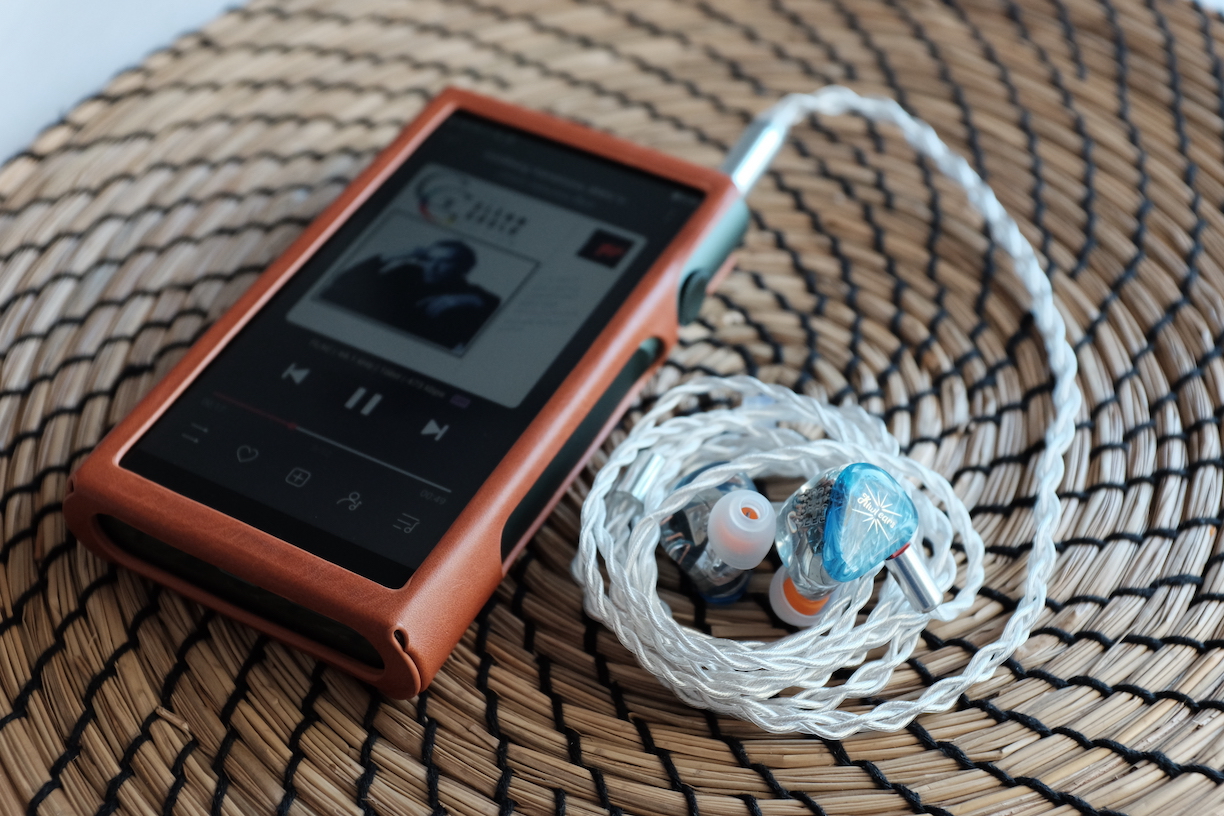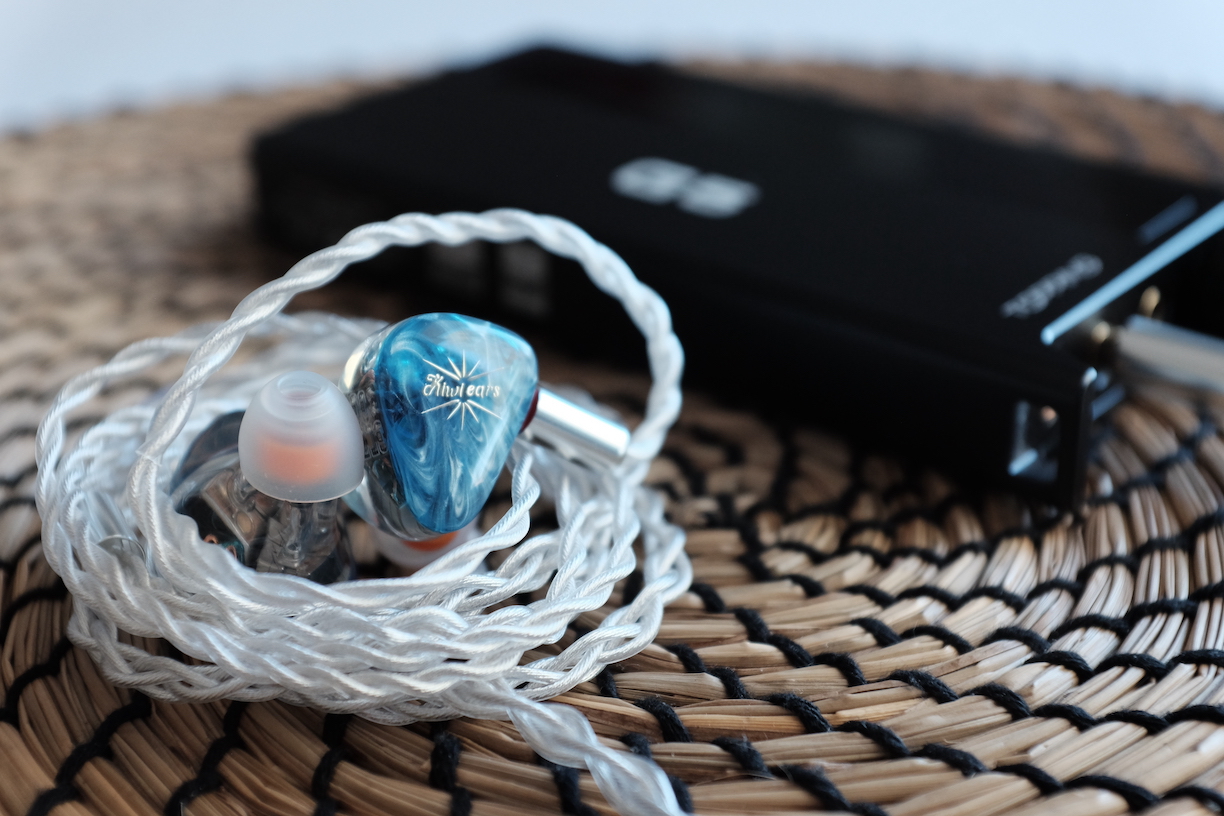KiwiEars Orchestra Lite - Tranquility
KiwiEars Orchestra Lite. USD 250. 8 BA drivers on each side. Emerging manufacturer with a promising track record.
How good is the Orchestra Lite, really? Let’s find out.
Forewords
- The goal of my reviews is not to “judge” IEMs from an ivory tower. I aim to tell you where they reside within a straightforward scale from 1 (poor) to 5 (outstanding). I focus on the poorly-defined-yet-important “technical performance”, which I believe to be the hallmark of exceptional IEMs.
- Scores are assigned by A/B tests against representative IEMs, regardless of the retail price. For instance, a 3/5 IEM performs within the level of other 3/5 IEMs, irrespective of whether it is $50 or $1000.
- Ranking list and measurement database are on my IEM review blog.
- This review is based on a review sample from Linsoul (Thank you!). I have no affiliation with or financial interest in Linsoul or KiwiEars. Orchestra Lite retails for around $250 at Linsoul website.
Specs
- Driver: 2 BA bass (Knowles CI-22955) + 4 BA mid + 2 BA treble (KiwiEars Custom BA drivers)
- Crossover: 3-ways
- Connector Type: 2-pin 0.78
- Impedance: 16ohm
- Sensitivity: 112dB
Non-sound Aspects
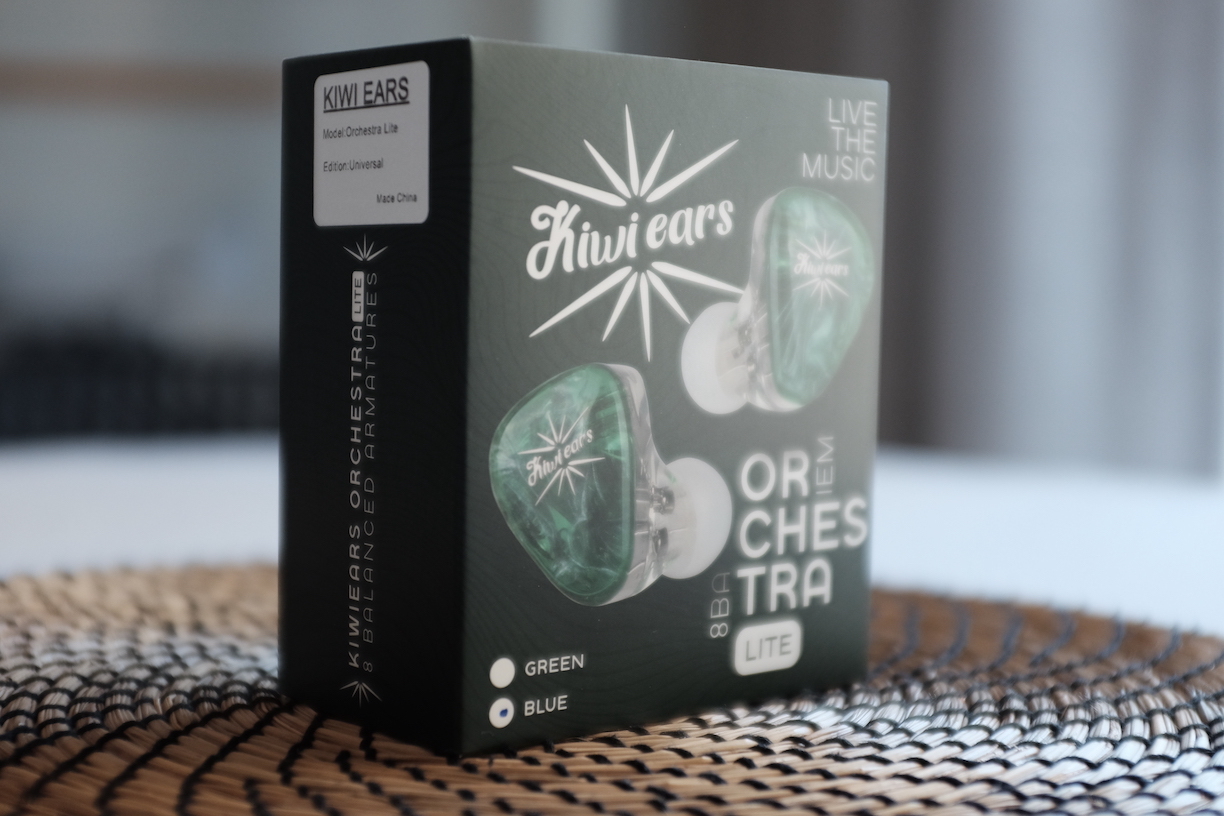

Orchestra Lite comes in a medium-sized box with a simple presentation. No anime waifu or FiiO’s sci-fi theme here. If I were to nitpick, I would say the presentation does not do justice to how nice and expensive-looking the IEMs actually are.
The accessories of Orchestra Lite are straightforward. You have a cable, generic silicon tips, and a canvas case. The case itself is rather compact but functional. I managed to store the IEM with a beefy aftermarket cable and a few interchangeable audio plugs without much difficulty.
Speaking of cable, the stock cable feels great. It looks good. It’s soft, not microphonic, and very well-behaved. I have no complaint about the physical handling aspect. Unfortunately, the stock cable features a 3.5mm jack, so I couldn’t take advantage of the balanced outputs of my music players and DAC/amp. It is a shame because all my sources offer better sound quality with balanced output. The Orchestra Lite can take full advantage of such improvement.
(KiwiEars, it would be great if you could give us the option to choose a 4.4mm balanced cable in the future).

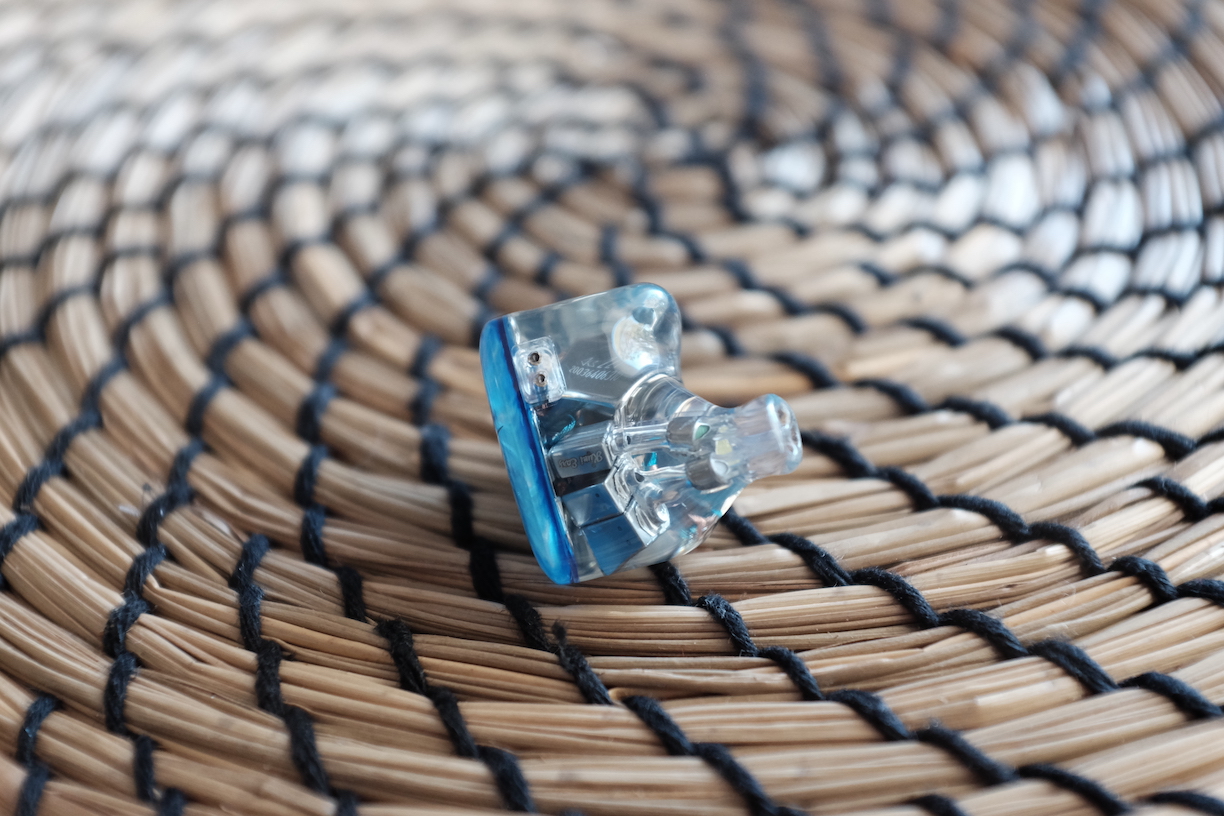
Without a doubt, the earpieces are the stars of the show. They are crystal clear, even more so than the famous Moondrop Blessing 2. You can easily see all the drivers, crossover circuitry, sound tubes, and Etymotic acoustic filters used for tuning. The faceplates are semi-translucent with swirly white resins, creating an interesting 3D illusion. Both faceplates and earpieces are well-polished. I couldn’t find the seams with my nail.


A potential issue of Orchestra Lite is its size. These are very large IEMs, easily matching the size of the chunky Moondrop Blessing 2. However, I found the fit of Orchestra Lite to be more comfortable than Blessing 2, possibly because the nozzles of Orchestra Lite do not extend as far as Blessing 2.
It should be noted that Orchestra Lite is a fully-sealed IEM. On the plus side, you will have more noise isolation than usual IEMs with air vents. On the negative side, you will feel a suction effect when you put them on, and pressure builds up after a few hours of listening. If you are new to wearing IEM, these might not be the most comfortable pair.
How it sounds
Sources for listening tests:
- Fiio K7 (for all A/B tests)
- Shanling M6 Ultra
- Hidizs S9 Pro
Local FLAC files ripped from CDs or bought from Qobuz were used for most casual listening and A/B tests. My playlist for A/B tests can be found on Apple Music here.
Tonality and Timbre: 5/5 - Excellent
Frequency response of Orchestra Lite. Measurements were done with an IEC-711-compliant coupler and might only be compared with other measurements from this same coupler. Visit my graph database for more comparisons.
Tonality or “tuning” is where objectivity and subjectivity meet. Objectivity exists in the squiggly lines above, called Frequency Response (FR) graphs. They are created by sweeping a signal from 20Hz to 20kHz and measuring the corresponding loudness coming from an IEM. Unless a human operator deliberately tampers with the microphone or the data, FR does not care about the price or prestige of an IEM and, therefore, is “objective.”
However, human listeners are not microphones. Our ears and brain interpret the sound and decide whether it is “enjoyable.” It is also beneficial to remember that when you play a note on a musical instrument, multiple sounds (fundamental and harmonic) appear simultaneously and mix together. Achieving a life-like balance between frequencies and adding a tasteful amount of imbalance (“colouring the sound”) is the hallmark of an excellent tonality.
First thing first, look at that beautiful channel matching! Well done, KiwiEars.
Now, the sound. The best words to describe the tonality of Orchestra Lite would be flat, smooth, and low-key.
By flat, I don’t mean the “shouty mid, no treble, no bass” flat of some (in)famous IEMs tuned to a diffused field target. No, the flatness of Orchestra Lite means that all parts of the frequency response feel balanced. The midrange, where most of the music “lives”, is adequately highlighted but not at the expense of other frequencies. The bass is present when the music or video calls for it but never overstays its welcome nor intrudes upon the midrange. High-pitch instruments, such as cymbals, hi-hats, and chimes, cut through the mix yet never get too loud or harsh.
You might think that “flat” is boring. I say flat is justice. A benefit of the flatness of Orchestra Lite is the beautiful midrange.
How can I say… The midrange is not warm, not cold, and indeed not harsh or shouty. For instance, the voice of Cat Stevens in the beautiful song Father and Son sounds oh-so natural and realistic. The acoustic guitar sounds real, with equal loudness across the lower and upper strings. Female vocals, such as Elaine Paige’s in Memory, are vibrant and nuanced but not overly emphasised to the point of shouty. With the Rasputin cover by Aurora, the voices of both Aurora and the backup vocals are slightly richer and ever so slightly less “edgy” that Moondrop Blessing 2. To borrow the term used by a fellow reviewer, I would say vocals sound sweet on Orchestra Lite.
The successful midrange performance of Orchestra Lite carries over to acoustic instruments. The concert flute of Emmanuel Pahud in the Flute Partita in A Minor, BWV 1013: IV. Bourrée anglaise sounds rich and full without being boomy or harsh. Cellos, such as in the Prelude of Bach’s Cello Suite No.1, sound like cellos and carry the right amount of body. Orchestra Lite sides step the mistake of some IEM, such as the EAxEA Gaea, of making the midrange too thin that sucks the life and richness out of cellos.
I can continue, but I think you get the point. The midrange is good. The beauty of Orchestra Lite’s midrange is also reflected in its frequency response: flat lower midrange and correct ear gain that peaks around 2.5kHz, 8.5dB above 500Hz.
The second key characteristic of Orchestra Lite is smoothness. To understand smoothness, it’s helpful to talk about the opposite, “ice pick.” For instance, IEMs with strong peaks, such as the old-timer ZSN Pro X, can make specific instruments or even parts vocals randomly louder than the rest of the music, creating the sensation of being stabbed in the ears. Peaks are inevitably followed by dips, preventing you from hearing details there.
The smoothness of Orchestra Lite stems from the lack of prominent peaks and dips. The result is not only a comfortable experience but also more detailed and nuanced music, as nothing is masked by others. It should be noted that Orchestra Lite does not deliberately dull your music. If your music is harsh and sibilant, the IEM will present such harshness.
The flat and smooth tonality of Orchestra Lite gives it a low-key presentation. By that, I mean there is little variation or contrast between different instruments or frequency spectrums in a mix. Suppose you are familiar with photography or videography. In that case, you can imagine the sound presentation of Orchestra Lite as a raw photo or footage. All the information is there, but the contrast and vibrancy are low. Something like JD7 or AFUL P5, on the other hand, feels like a JPEG that has been processed from the raw photo with enhanced colour and contrast.
The treble response plays a huge role in creating that low-key presentation of Orchestra Lite. The lower treble region, which centres around 5kHz, is less emphasised than usual releases. This tuning softens note attacks, such as plucks of guitar strings, impacts of sticks on drum heads, and the sounds of bows catching violin strings. I prefer more zings and snaps, so my first impression of Orchestra Lite’s presentation was not positive. However, credit where credit dues, none of the instruments sounds blurry or lifeless, so it’s likely that KiwiEars have achieved a neutral amount of lower treble.
The mid-treble region around 8kHz, which influences the rendition of cymbals, hi-hats, and chimes, deserves more attention. There are two points that I like about this region. Firstly, the loudness of cymbals, hi-hats, and chimes is quite balanced against the rest of the band. For instance, tracking a pattern on cymbals or hats is easy. At the same time, these instruments are never too loud or harsh. Vocals are also free of sibilance if your source material does not have a lot of sibilances.
Secondly, Orchestrate Lite has an intriguing balance between the lower and mid-treble, bringing out extra nuances and details from cymbals, hi-hats, and chimes. Usually, with cymbals, I hear a loud and bright “clang!” when the stick hits, but I don’t hear many details between consecutive cymbal hits. The Orchestra Lite does differently: the initial impact is not as loud, but I can hear the decay end of the cymbal hits, such as the vibration and subtle clicky noises that the cymbals make against their stands.
Of course, the pulled-back 8kHz region has its drawback. The most noticeable is the lack of zing, energy, and “sparkle.” I can see how some listeners find this presentation boring.
I am less happy with the upper treble or “air” region: it is too rolled off. I don’t know the physical limitations that led to this tuning choice, but the IEM takes a 5dB boost around 16kHz via EQ like a champ. Doing so also reveals the additional perceived resolution and soundstage I couldn’t hear in the stock tuning.
Conclusion time: this is a hard case. On the one hand, there is beauty in how Orchestra Lite balances frequencies on both a macro and micro level. On the other hand, the controlled treble response might come across as boring, and the rolled-off treble air does hide some finer aspects of Orchestra Lite’s technical performance. To me, the pros reluctantly but ultimately outsize the cons. 5/5 - Excellent.
Resolution, Detail, Separation: 4/5 - Good

Resolution is a fascinating subject due to the difficulty of pinning down what it really is. To me, “resolution” can be broken down into three components:
- Sharpness, incisiveness, or “definition” of note attacks (see the figure above).
- The separation of instruments and vocals, especially when they overlap on the soundstage.
- The texture and details in the decay side of the notes.
The first two give music clarity and make it easy to track individual elements of a mix. The last provides music details and nuances. Generally, a smooth frequency response and good drivers give the best resolution.
Orchestra Lite does a great job of revealing the nuances and details of the music, especially the midrange details. For instance, I can easily hear breath, articulations, and details in the voices of Aurora and the backup vocals in Aurora’s Rasputin cover. The retrieved micro details are ever-so-slightly above the venerable Blessing 2 and not far behind top performers like the Andromeda 2020.
One aspect that I found Orchestra Lite does better than expected is micro dynamic, the tiny fluctuation of the loudness of vocals and instruments. For instance, with The Dragonborn Comes, I can hear more details in the vocals and instruments with my Andromeda, but I can hear more ebb and flow in the music with Orchestra Lite.
Where Orchestra Lite falters is the definition and separation of musical notes. As I mentioned in the tonality section, there is a softness to the presentation of Orchestra Lite. Such presentation makes bands or orchestras more “together” rather than more separated. For instance, when I listen to any piece of music with multiple instruments, I can track individual instruments easier with the Andromeda than the Orchestra Lite. I don’t think EQ can fix this problem because the stock Andromeda already has a muddy, bloated midrange which reduces its clarity and separation, whilst Orchestra Lite’s tuning is clean.
Still, we can appreciate the Orchestra Lite as a highly resolving option within its bracket, even edging out the venerable Moondrop Blessing 2.
Conclusion: 4/5 - Good.
Percussion Rendering: 3/5 - Average
Percussion rendering reflects how well the tuning and technical performance of an IEM work together to recreate realistic sound of a drum set. Good drum hits have a crisp attack (controlled by frequencies from 4kHz to 6kHz), full body (midbass frequencies around 200Hz), and physical sensation (sub-bass frequencies around 50Hz). Good technical performance (“fast” driver) ensures that bass notes can be loud yet detailed. IEMs that cannot control bass very well tend to reduce the bass’ loudness to prevent muddiness.
There is not much to discuss about the bass of Orchestra Lite. Handled by two BA woofers, the bass response of Orchestra Lite is clean and can be thumpy when the music calls for it. For instance, the Harry Potter vs Luke Skywalker rap battle by the talented folks at ERB can get my foot tapping. Orchestra Lite renders ever beat sharply with clear attack. The loudness of the bass is also appropriate, though I personally prefer a bit extra.
The bass quality is where I have problem. As most (but not all) implementations of BA woofers, Orchestra Lite lacks the physical sensation of bass slam. Let’s take my favourite bass test track, Despacito, as an example. Blessing 2, which has one dynamic driver as the woofer, creates a suction-like illusion before slamming with the first bass drop around 1:25. The Orchestra Lite simply renders a snappy, equally loud “boom” sound, and then gives up. On the plus side, the BA bass of Orchestra Lite is a bit cleaner and more controlled.
Conclusion: 3/5 - Adequate.
Stereo Imaging (Soundstage): 4/5 - Good

Stereo imaging or “soundstage” is a psychoacoustic illusion that different recording elements appear at various locations inside and around your head. Your brain creates based on the cues in the recording, which are enhanced or diminushed by your IEMs, your DAC, and your amplifier. Some IEMs present a wide but flat soundstage. Some present a “3D” soundstage with layering, depth, and height. In rare cases, with some specific songs, some IEMs can trick you into thinking that the sound comes from the environment (a.k.a., “holographic”)
The size of Orchestra Lite’s soundstage is good but not impressive. With the help of spin fit tips and a good DAP or DAC/amp, the soundstage can extend outside my ears and has decent depth and height.
How Orchestra Lite utilises soundstage makes these IEMs interesting to me. Orchestra Lite is good at placing instruments on the stage with easy-to-recognise direction and distance. This IEM can place sound across the soundstage rather than being limited to left-centre-right.
There is a sense of depth and layering to the soundstage of Orchestra Lite. This ability is beneficial in games. For instance, in the CS Go gameplay video recorded by Throneful, I can quickly pinpoint the footstep and direction of gunshots around the player. I also have a good experience playing No Man’s Sky on the Nintendo Switch with Orchestra Lite. Movie clips also sound excellent.
How does Orchestra Lite compare to top performers like the Gaea and the Andromeda? The soundstage size is a major difference. For instance, Andromeda has the uncanny ability to put certain sounds, such as the beeping sound at around 5:00 in the gameplay video above, into the environment around me. The Gaea can sometimes trick me into thinking that the soundstage comes before me rather than around me. Orchestra Lite does not have these kinds of soundstage presentations. The accuracy of the instrument placement is also slightly better with the Andromeda. For example, I can pinpoint not just distance and direction but also the height of the gunshot with the Andromeda.
Conclusion: 4/5 - Good.
Source Pairing
Orchestra Lite is a sensitive IEM. It can get loud with anything and does not introduce hissing noises. In this sense, Orchestra Lite is an easy IEM to drive.
On the other hand, these IEMs do show an audible change in bass response and soundstage imaging between audio sources. The soundstage becomes more flat and congested when I pair Orchestra Lite with my AP80 Pro X. This mini music player performs similarly to most dongle DAC/amps with two ESS DAC chips. I find music that relies on size and imaging not enjoyable with this pairing.
I had a better experience with FiiO K7, Shanling M6 Ultra, and the Topping G5 DAC/amp. The brighter G5 pairs best with the subdued Orchestra Lite. What I find interesting is that the Orchestra Lite is transparent enough to let me hear the difference between the balanced and single-ended output of my Shanling M6 Ultra. That’s why I replaced the stock cable of Orchestra Lite with a 4.4mm cable and ran it balanced exclusively.
Some Comparisons
In this section, I compare Orchestra Lite with AFUL Performer5 (P5). You can use my ranking list to compare Orchestra Lite with others. Due to the way I rank IEMs, if two IEMs score the same, they perform more or less similar.
The characteristics of these IEMs are reflected by their faceplates. Orchestra Lite is flat, low-key, and tranquil, like pond water. P5 is fiery and exciting. The tonality of voices and instruments rendered by both IEMs is similarly natural and realistic. However, P5 is more vibrant, contrasty, and exciting. If you like a robust and physical bass response, P5 stomps Orchestra Lite. P5 is also noticeably smaller and thus more comfortable to wear than Orchestra Lite.
Where Orchestra Lite regains ground is soundstage and vocal rendition. Orchestra Lite can project a sizeable 3D soundstage when driven by a good source. P5, on the other hand, has a small soundstage even with the same music player or DAC/amp. I also find the vocals and instruments sound a bit smoother and more nuanced with Orchestra Lite. Even though P5 is also smooth, it boosts the ear gain higher, so, at times, vocals can get harsh. I also like cymbals and hi-hats on Orchestra Lite more than on P5.
So, which one to get? In my opinion, it depends on where you are in your audio hobby journey. If you are starting out, jumping directly to a “matured” IEM like Orchestra Lite might be too much of a shock from consumer extra-bass products, and you might not appreciate the sound. Something vibrant with a strong bass response, like P5, is a good starting point. If you have been around the hobby for a while, you should spend some time with Orchestra Lite to see what the “balanced” tuning is all about.
Orchestra Lite is a better option if you play games, especially FPS.
Conclusion
How good is the Orchestra Lite, really? At first, I was not convinced. However, the smoothness and balanced tonality of Orchestra Lite eventually won me over. Look elsewhere if you like a robust bass response or a vibrant sound signature. However, suppose you like vocals and want a “well-tuned” IEM. Suppose you are looking for an IEM for gaming, especially competitive FPS games. In these cases, Orchestra Lite receives a high recommendation from this reviewer.
Pros:
- Exceptionally balanced tonality
- Excellent midrange
- Almost no shoutiness, sibilance, or treble glares
- Good detail retrieval
- Good instrument placement
Cons:
- BA bass lacks physical sensation
- Upper treble is not as extended
- Definition and separation of musical notes could be improved
